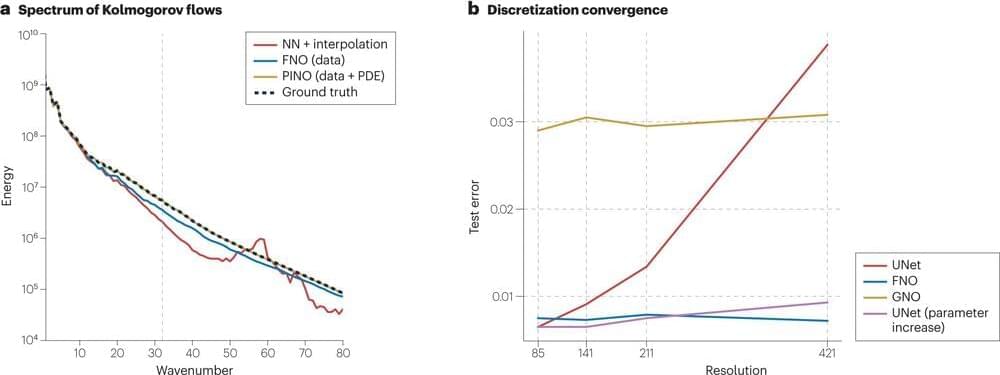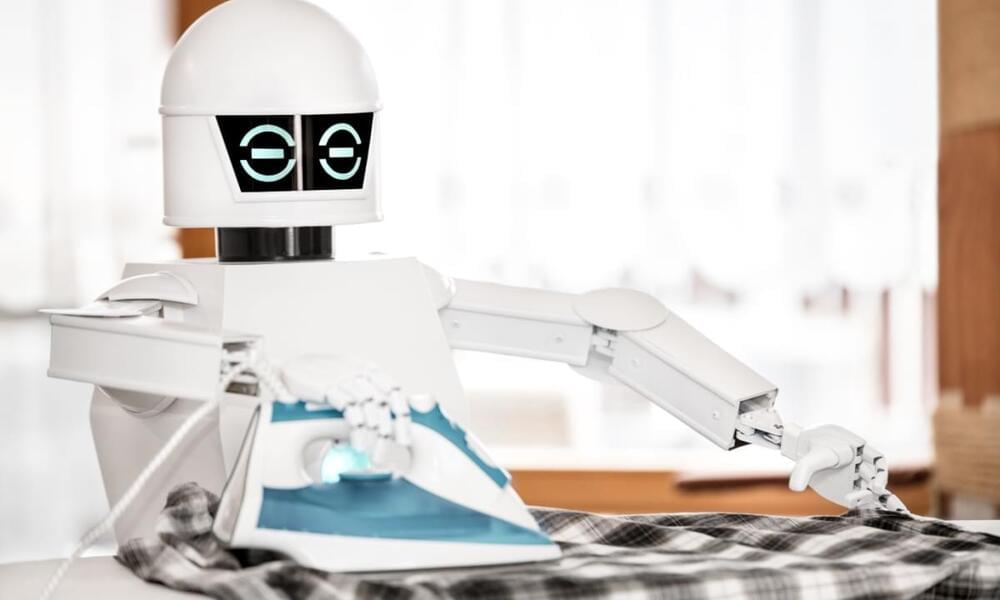Recent research in mice investigates a new, immunotherapy-based approach to treating Alzheimer’s disease aiming to clear toxic protein accumulations in the brain.



Artificial Intelligence is making its presence felt in thousands of different ways. It helps scientists make sense of vast troves of data; it helps detect financial fraud; it drives our cars; it feeds us music suggestions; its chatbots drive us crazy. And it’s only getting started.
Are we capable of understanding how quickly AI will continue to develop? And if the answer is no, does that constitute the Great Filter?
The Fermi Paradox is the discrepancy between the apparent high likelihood of advanced civilizations existing and the total lack of evidence that they do exist. Many solutions have been proposed for why the discrepancy exists. One of the ideas is the ‘Great Filter.’

Apple presents Ferret-UI
Grounded Mobile UI Understanding with Multimodal LLMs https://huggingface.co/papers/2404.
Recent advancements in #multimodal large language models (MLLMs) have been noteworthy, yet, these general-domain MLLMs often fall short in their ability to #comprehend and interact…
Join the discussion on this paper page.


That is, until we drop an egg, spill our coffee, or an expensive vase falls off a shelf in our homes, reminding us that even the weakest of the four fundamental interactions known to physics, while hidden in plain sight, still exerts a significant influence on everything around us.
Some 1029 times weaker than the appropriately named weak force, which governs the radioactive decay of atoms, gravity is so subtle that it has virtually no effect at the subatomic level. Yet at the scale where interactions between objects are observable to us, gravity is the force that literally commands the motions of planets, as well as that of stars and galaxies. Even light, which universal laws govern to be the fastest thing in existence, cannot escape the influence of gravity.
Despite its ubiquity, gravity also remains one of the great mysteries of modern physics. While there remains no complete or perfect theory as to how gravity works, the best description of it remains the one Einstein gave us in 1915 with the publication of his general theory of relativity. To Einstein, gravity can be thought of not so much as a force acting on objects, but instead as a way to observe the curvature of spacetime itself that results from variances in the distribution of mass throughout the universe.

A national security expert predicts practical quantum computing tools are just three to five years away from integration into the workforce, NextGov is reporting.
Neal Ziring, the Technical Director of the National Security Agency’s (NSA) Cybersecurity Directorate, made the forecast during a recent public sector cybersecurity event hosted by Palo Alto Networks in Palo Alto. As reported by NextGov, Ziring expects the devices to be accessible predominantly through cloud-based platforms.
Ziring added that the impracticality and cost-prohibitive nature of would put on-premise installations for quantum computing systems out of reach for most organizations, including government agencies.



“It’s not much you can do about it. Other than fight it and if you fight and you quit, then you are not gonna make it,” he said.
The founders of this Malibu-based class say it challenges the mind and body to work together, getting stronger in the process.
John Wakefield, the creator and co-founder of drumboxing in California, told KCBS, “The connection with rhythm, tying it in with motor skills, really training the brain like you train the body putting it in a situation where it has to react.”
